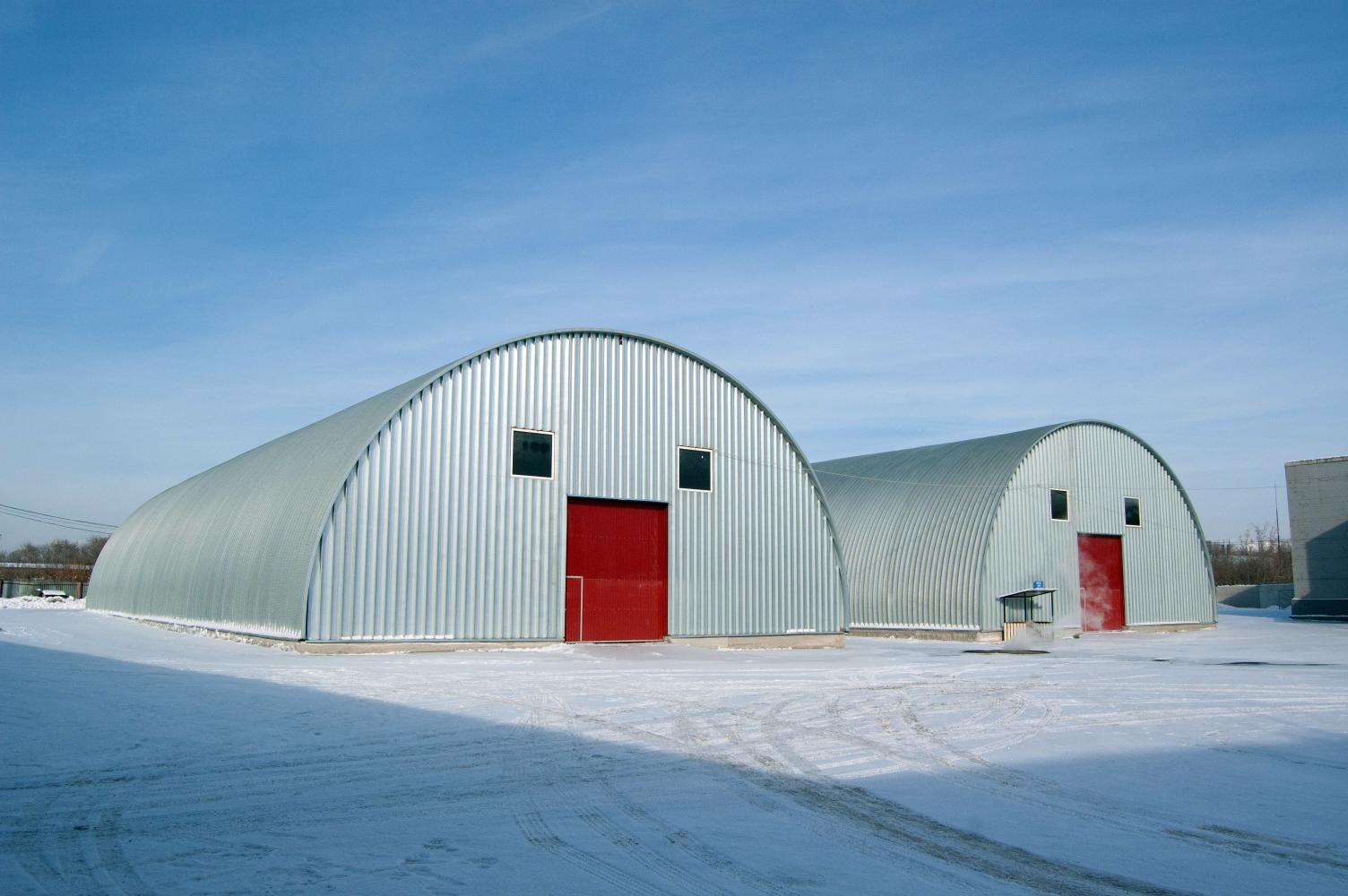Contents
Ensuring your outdoor storage shed is properly winterized is a key step in safeguarding your stored items from potential harm. From preventing moisture buildup to maintaining the integrity of your belongings, the process of winterizing your shed is essential for long-term item preservation. But why exactly is this process so crucial? Let’s explore the reasons behind the importance of winterizing outdoor storage sheds and how it can benefit you in the long run.
Key Takeaways
- Prevents moisture infiltration and mold growth.
- Maintains consistent temperature and insulation.
- Reduces the risk of rust on metal surfaces.
- Ensures tight door seals for insulation.
- Organizes seasonal items for protection.
Inspect for Leaks and Gaps
Make sure to thoroughly inspect your outdoor storage shed for any leaks or gaps that could let in moisture during the winter months. Check the weather stripping around doors and windows to ensure a tight seal. Replace any worn weather stripping to prevent cold drafts and moisture from seeping in. Additionally, examine the caulking around windows, vents, and seams in the walls. Apply fresh caulking where needed to seal up any gaps that could allow water or snow to enter the shed.
Proper insulation is essential for keeping your outdoor storage shed warm and dry during the winter. Insulate the walls and ceiling to help maintain a consistent temperature inside the shed. This won’t only prevent freezing temperatures from damaging your belongings but also help regulate moisture levels.
Adequate ventilation is also crucial to prevent condensation from building up inside the shed. Install vents or windows that can be opened to allow for airflow, helping to reduce the risk of mold and mildew growth.
Clean and Declutter the Interior
Inspecting and tidying up the interior of your outdoor storage shed is essential before winter to ensure optimal functionality and organization.
To kickstart your winterizing process, begin by thoroughly cleaning the interior space. Remove any debris, dirt, or cobwebs that may have accumulated over time. This helps in pest prevention and creates a more pleasant environment for you to work in.
Moisture control is crucial to prevent mold and mildew growth. Check for any signs of water damage or leaks. Address these issues promptly to maintain a dry environment within the shed. Consider using moisture-absorbing products like silica gel packets to help control humidity levels.
When decluttering, take the opportunity to organize the items in your shed efficiently. Utilize organization tips such as installing shelves, hooks, or pegboards to maximize storage space.
Clear plastic bins or labeled containers can help keep small items organized and easy to find. Implementing space-saving solutions like hanging tools on walls or utilizing vertical storage can free up floor space and make navigating the shed easier.
Protect Metal Surfaces From Rust
To maintain the integrity of your outdoor storage shed during winter, it’s important to safeguard metal surfaces from rust by applying a protective coating. Rust prevention is crucial to ensure the longevity of metal components in your shed. Metal surfaces are prone to oxidation when exposed to moisture and fluctuating temperatures, making them susceptible to rust.
By weatherproofing these surfaces with a suitable coating, you create a barrier that shields the metal from environmental elements, preventing corrosion and extending its lifespan.
When selecting a protective coating for your shed’s metal surfaces, consider products specifically designed for rust prevention. Rust-inhibiting paints, primers, or sealants can effectively safeguard metal against moisture and humidity.
Before applying the coating, ensure that the surfaces are clean and free of existing rust. Proper preparation, such as sanding rough areas and removing any flaking paint, is essential for the coating to adhere correctly and provide maximum protection.
Regular maintenance is key to preserving the protective coating’s effectiveness. Inspect the metal surfaces periodically for signs of wear or damage to the coating. If any areas show wear, recoat them promptly to prevent rust from developing.
Check and Maintain Door Seals
Ensuring the tightness of your outdoor storage shed’s door seals is essential for maintaining a secure and weather-resistant environment for your belongings during the winter months. Properly installed weather stripping along the door frame helps to keep out moisture, cold drafts, and pests, creating a more insulated space that protects your items from harsh winter conditions.
To check the effectiveness of your door seals, inspect the weather stripping for any signs of wear or damage. Replace any worn weather stripping to ensure a tight seal. This simple step can significantly improve insulation within the shed, reducing the risk of temperature fluctuations that could damage sensitive items.
Maintaining secure door seals not only enhances insulation but also plays a crucial role in pest prevention and security. Well-sealed doors make it harder for pests like rodents and insects to infiltrate your shed, keeping your belongings safe from potential damage.
Additionally, a tightly sealed door acts as a deterrent for intruders, adding an extra layer of security to your outdoor storage space.
Regularly checking and maintaining your outdoor storage shed’s door seals is a practical way to ensure a safe and well-insulated environment for your belongings throughout the winter season. Investing time in this simple task can go a long way in protecting your items from the elements and unwanted visitors.
Store Seasonal Items Properly
Properly storing seasonal items in your outdoor storage shed is crucial for preserving their quality and ensuring easy access when needed. Organization tips play a significant role in maintaining order and maximizing space within your shed. Consider using shelves, hooks, and labeled bins to keep items categorized and easily reachable.
By organizing your items effectively, you can prevent clutter and make it simpler to find what you need. Weather protection is another critical aspect to consider when storing seasonal items. To shield your belongings from harsh weather conditions, such as snow, rain, or extreme temperatures, opt for durable containers that are waterproof and can withstand outdoor elements.
Additionally, elevate items off the ground to prevent moisture damage and potential flooding. Utilizing a dehumidifier or moisture absorbers can help maintain a dry environment within the shed, further safeguarding your seasonal possessions. When storing seasonal items, it’s vital to rotate them based on the time of year to ensure easy access to the items you need most.
Store frequently used items in accessible locations and less-used items in harder-to-reach spots. By following these organization tips and weather protection strategies, you can effectively store your seasonal items, prolong their lifespan, and maintain a tidy outdoor storage shed.
Wrap-Up
Now that you’ve taken the necessary steps to winterize your outdoor storage shed, your belongings are safe and sound for the colder months ahead.
Picture a cozy shed free of leaks, clutter, and rust, where your items are neatly stored away.
By following these simple tips, you can ensure that your shed remains a secure and organized space throughout winter.




